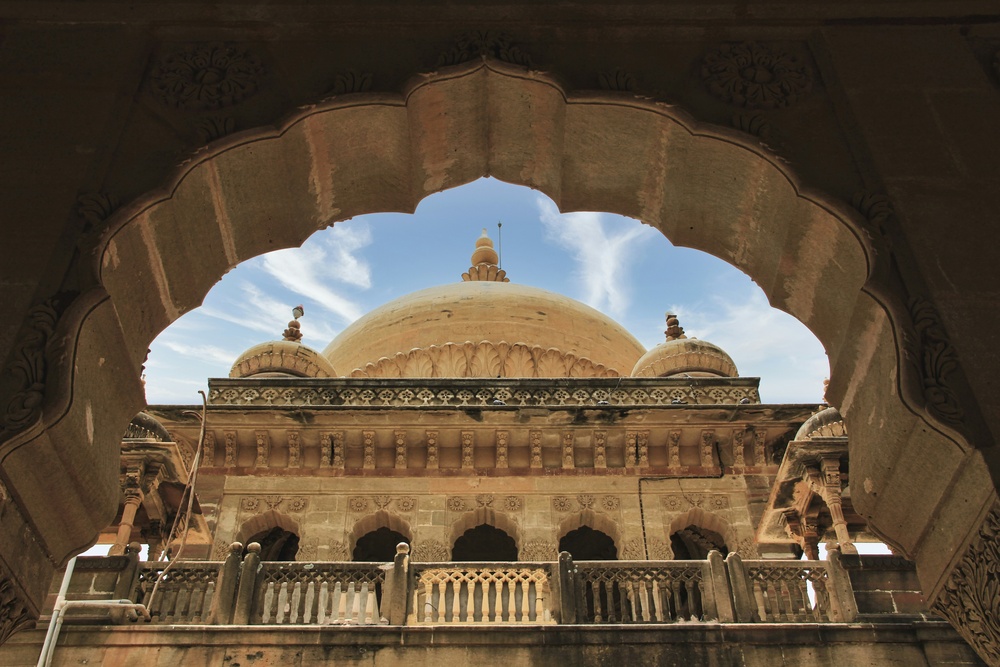Golden Triangle India: A Cultural Odyssey Through History, Architecture, and Heritage
Embark on a journey like no other with the Golden Triangle India tour—a timeless cultural odyssey through three of India’s most iconic cities: Delhi, Agra, and Jaipur. This triangular route is not just a travel itinerary; it is an immersive experience into the very soul of India. From ancient forts and Mughal-era monuments to royal palaces and vibrant local traditions, the Golden Triangle showcases the best of Indian history, architecture, and heritage.
Let’s explore how this legendary route paints a vivid picture of India’s glorious past and living culture.
Delhi: A Tale of Empires and Evolution
Delhi, the starting point of the Golden Triangle India, is a city where history breathes in every corner. Once the seat of mighty empires like the Mughals and later the British Raj, Delhi is a blend of ancient charm and modern vibrancy.
Historical and Architectural Highlights:
- Red Fort: This UNESCO World Heritage Site is a majestic red sandstone structure that served as the main residence of Mughal emperors.
- Qutub Minar: A towering symbol of Delhi’s Islamic past, this 12th-century minaret is surrounded by equally historic ruins.
- Humayun’s Tomb: Often considered a precursor to the Taj Mahal, it exemplifies Mughal architecture with Persian influence.
- India Gate & Rashtrapati Bhavan: These landmarks symbolize colonial heritage and the emergence of modern India.
Delhi’s cultural energy also extends to its street life—bustling markets like Chandni Chowk, aromatic food stalls, and centuries-old havelis offer a sensory feast that defines the spirit of Indian urban culture.
Agra: The Legacy of Love and Grandeur
Agra, the second stop on the Golden Triangle India tour, is most famous for housing the eternal symbol of love—the Taj Mahal. However, Agra’s significance stretches beyond just one monument. As a key city of the Mughal Empire, it is home to some of the finest examples of Indo-Islamic architecture.
Must-See Cultural Landmarks:
- Taj Mahal: A UNESCO World Heritage Site and one of the Seven Wonders of the World, this ivory-white mausoleum is a masterpiece of symmetry, inlay work, and emotion.
- Agra Fort: Another UNESCO site, this sprawling fort of red sandstone served as a royal residence and military base.
- Fatehpur Sikri: A short drive away, this former Mughal capital is a ghost city of ornate palaces, mosques, and courtyards built in Indo-Persian style.
Agra’s heritage is not limited to its monuments. The city is also known for its intricate marble inlay work, Mughlai cuisine, and rich traditions in carpet weaving and leather craftsmanship.
Jaipur: The Royal Capital of Rajputana
The final destination in the Golden Triangle India circuit is Jaipur, popularly known as the Pink City. Founded by Maharaja Sawai Jai Singh II in 1727, Jaipur is the cultural heart of Rajasthan, steeped in Rajputana grandeur and architectural brilliance.
Highlights of Jaipur’s Cultural Heritage:
- Amber Fort: Set atop a hill, this majestic fort showcases a fusion of Hindu and Mughal styles and offers panoramic views of the Aravalli hills.
- City Palace: Still home to the former royal family, the palace complex features museums, courtyards, and royal chambers that reflect regal life.
- Hawa Mahal: The iconic “Palace of Winds” was designed for royal women to observe city life while remaining unseen.
- Jantar Mantar: An 18th-century astronomical observatory that highlights India’s advanced understanding of celestial science.
Jaipur is also a hub for traditional crafts like block printing, gemstone cutting, blue pottery, and puppet making. The city’s vibrant festivals, from Teej to the Jaipur Literature Festival, further showcase its living culture.
Golden Triangle India: A Living Museum of Architecture
Each city in the Golden Triangle is an open-air museum of architectural styles:
- Delhi exhibits Indo-Islamic, Mughal, and British colonial styles.
- Agra is home to some of the finest examples of Mughal symmetry, marble craftsmanship, and inlay artistry.
- Jaipur boasts Rajasthani palaces with intricate latticework, sandstone carvings, and elaborate courtyards.
From domes and minarets to jharokhas and chhatris, the architectural diversity across the triangle tells the story of India’s dynastic history and artistic evolution.
Cultural Encounters Beyond Monuments
What makes the Golden Triangle India tour truly special is not just its architectural marvels, but the cultural interactions that take place along the way. Some enriching experiences include:
- Traditional music and dance performances in Jaipur’s havelis or open-air theaters.
- Sufi nights and Qawwali sessions at Delhi’s Nizamuddin Dargah.
- Hands-on craft workshops in Agra’s marble and leather studios.
- Food trails through Delhi’s Old City, Jaipur’s royal cuisine, and Agra’s Mughlai delights.
Each interaction gives travelers a deeper connection to India’s living traditions, ensuring the journey is not only informative but emotionally engaging.
Conclusion: A Tapestry of India’s Timeless Soul
The Golden Triangle India tour is more than just a travel route—it is a cultural odyssey through time. From the ancient empires of Delhi to the romantic grandeur of Agra and the regal heritage of Jaipur, this journey captures the essence of India’s historical depth and cultural vitality. For those seeking a complete introduction to India’s past, present, and soul, there is no better place to begin than the timeless triangle of Delhi, Agra, and Jaipur.


